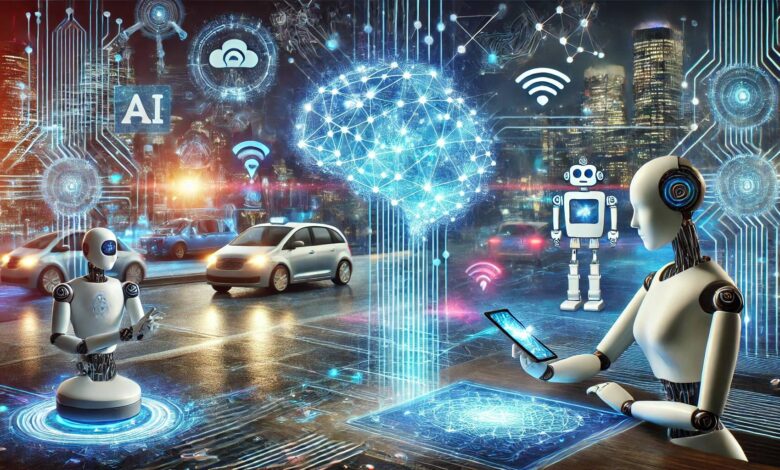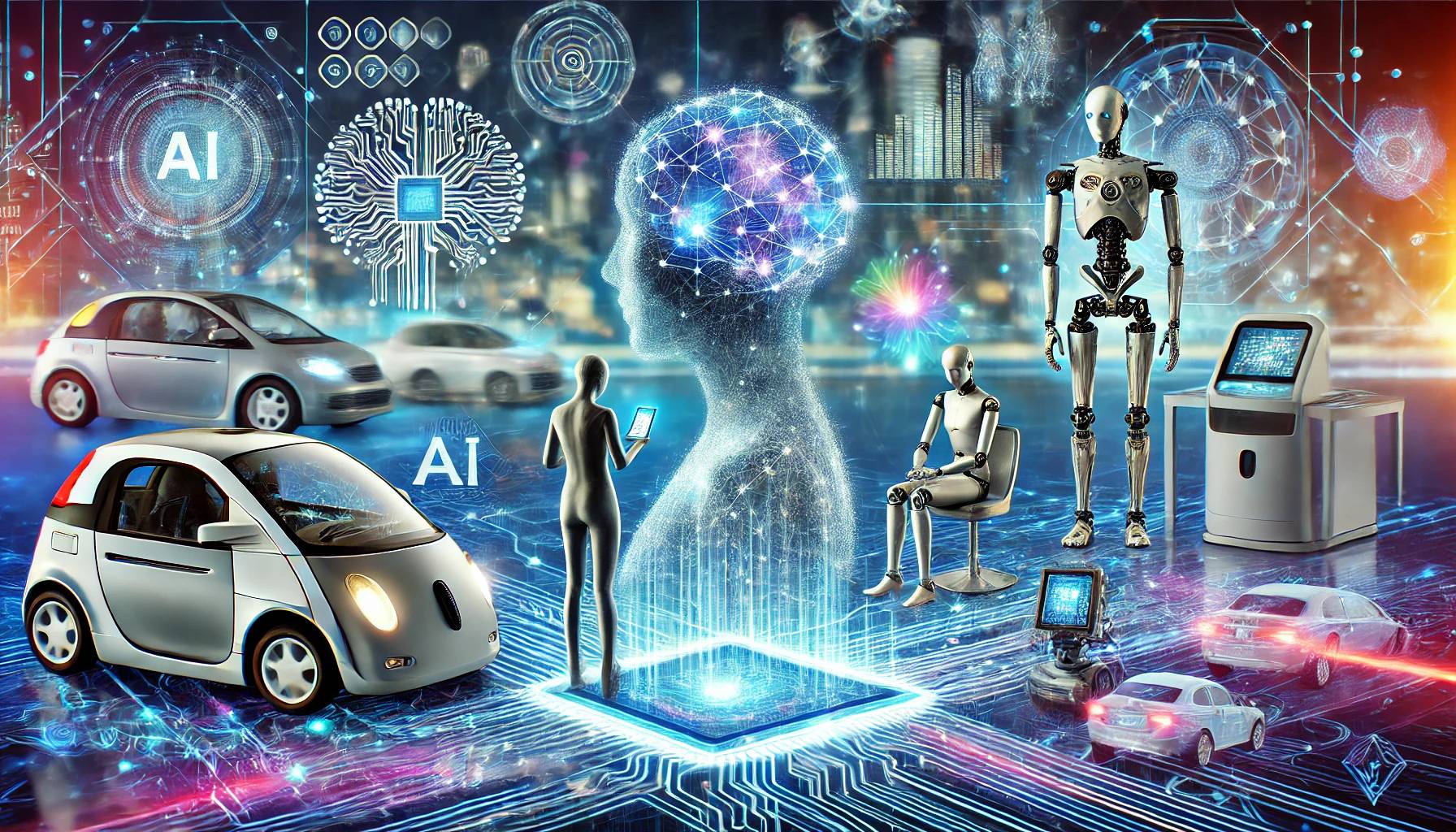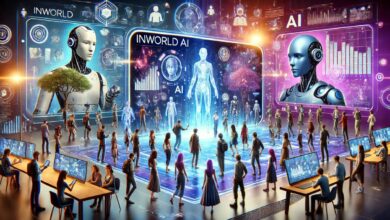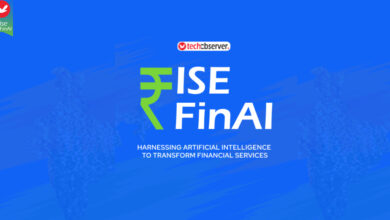Cutting-edge AI Research Breakthroughs in Everyday Applications

The world of artificial intelligence has experienced a swift evolution in recent years, rapidly transitioning from abstract scientific theory into concrete technology that shapes our daily routines. From voice-activated digital assistants that help us organize our schedules to sophisticated recommendation engines that personalize our online shopping experiences, cutting-edge AI research now infiltrates nearly every aspect of life. These breakthroughs have opened up unprecedented opportunities for businesses, educational institutions, healthcare providers, and individuals, revolutionizing how we communicate, work, and even entertain ourselves. Today, AI systems are leveraging techniques such as deep learning, neural networks, and advanced data analytics to streamline decision-making processes and solve complex challenges more efficiently than ever.
The capacity for AI to understand, interpret, and predict human behavior continues to grow as scientists and developers refine algorithms and explore new frontiers. A key driver behind this trend is the exponential increase in available data. Thanks to the widespread use of the internet, social media platforms, and connected devices, AI models can tap into vast data sets to refine their predictions and learn to perform tasks that previously required human expertise. As the pace of innovation accelerates, it’s worthwhile to take a deeper look at the cutting-edge AI research breakthroughs shaping our everyday lives. By the time you finish reading, you’ll have a greater appreciation for the way advanced AI systems are streamlining mundane tasks, enhancing personalization, and improving efficiency across industries.
The Growing Influence of AI in Daily Life
Modern society’s interaction with AI often takes place behind the scenes, yet the influence of intelligent systems extends far and wide. Smartphones, for instance, routinely use AI-driven features like facial recognition to grant users access with a simple glance. In retail environments, chatbots equipped with artificial intelligence handle customer queries, offer product suggestions, and even gather feedback for improvement. E-commerce giants rely on advanced predictive algorithms to manage their supply chains and inventory management, ensuring products reach customers in record time.
One of the most noticeable examples of AI’s impact can be found in social media. Every time a user scrolls through a feed or receives a recommendation, they are encountering an AI model that analyzes their interests and interactions. These platforms handle massive amounts of data, identifying patterns and drawing conclusions in real time. Moreover, intelligent software is employed to moderate user-generated content, filtering out harmful posts or spam. Such applications highlight how AI doesn’t just simplify tasks; it also helps maintain safer online environments. The ongoing research in deep learning and neural networks empowers these tools to become increasingly accurate in content moderation, subsequently improving the user experience.
Natural Language Processing: Understanding Human Communication
At the heart of modern AI research lies Natural Language Processing (NLP), a field dedicated to enabling machines to interpret, understand, and generate human language. The success of NLP is evident in everything from predictive text features on smartphones to sophisticated digital assistants like Siri, Alexa, and Google Assistant. These systems use state-of-the-art language models to parse grammar, context, and intent, resulting in responses that often feel remarkably intuitive.
More groundbreaking applications of NLP extend well beyond simple chatbots. Companies are employing NLP to analyze customer feedback, gauge public sentiment on social media, and even detect fraudulent activities. In healthcare, NLP-driven solutions help medical professionals sift through patient records, improving diagnostic processes by cross-referencing individual medical histories with broader research data. Additionally, real-time language translation services break down communication barriers, bringing people closer together than ever before. By refining their algorithms and increasing the size and complexity of training data sets, NLP researchers and developers are on track to create AI systems that better emulate genuine human conversation, potentially opening the door to new possibilities in mental health support, education, and global collaboration.

Machine Learning Advancements: Personalization and Recommendations
Machine learning, a fundamental pillar of AI, involves training algorithms to detect patterns in data so they can make predictions or decisions without being explicitly programmed. This approach is behind the recommendation systems on media platforms that suggest movies, music, or articles based on past behavior. Such personalization leads to a more seamless user experience, transforming how audiences discover new content and fostering deeper engagement with online services. The power of machine learning is most apparent when a streaming platform suggests a show that perfectly matches a subscriber’s taste or a news app delivers articles that reflect the user’s interests.
With rapid improvements in computational power, machine learning models are increasingly efficient at handling vast amounts of data, allowing them to detect nuances in user preferences with impressive accuracy. Personalized learning tools in education harness machine learning to identify gaps in student knowledge and adapt lesson plans accordingly, while fitness apps use similar models to tailor workout plans for individual users. The profound effect of these algorithms on the way we learn, shop, and stay healthy underscores the significance of research breakthroughs in this space. As industries continue to explore new ways to implement machine learning, it’s clear that refined personalization and predictive analytics will remain central to AI’s role in everyday applications.
Computer Vision: Transforming Visual Data into Real-World Solutions
Computer vision stands as another vital domain of cutting-edge AI research. It empowers machines to interpret and act upon visual data, effectively teaching computers to see and understand images or videos much like humans do. Facial recognition, autonomous driving systems, and advanced quality-control processes in manufacturing are prime examples of how computer vision breaks new ground in daily activities. Self-driving cars, for instance, rely heavily on cameras and sensors that feed data into AI models. These models detect obstacles, interpret road signs, and predict pedestrian behavior, all in the span of milliseconds, contributing to safer roadways and an improved driving experience.
In the commercial sector, computer vision has transformed how products are inspected and packaged, significantly reducing human error and operational costs. Surgeons and radiologists now utilize AI-assisted imaging tools to pinpoint tumors or anomalies, improving the speed and accuracy of medical diagnoses. Cutting-edge research in this field also focuses on using generative models to create realistic images or videos, leading to both thrilling possibilities in entertainment and crucial discussions about the ethical uses of synthetic media. As the technology grows more advanced, developers remain vigilant about privacy concerns, especially regarding facial recognition. Balancing innovation with responsible usage is a constant challenge, but the benefits of computer vision in healthcare, transportation, and safety are becoming increasingly vital in everyday life.
You can also check out How Renewable Energy Innovations Are Reshaping Our Future
Reinforcement Learning: Dynamic Problem-Solving for Complex Tasks
Reinforcement learning (RL) is another driving force in AI research, pushing the boundaries of what machines can achieve in uncertain environments. Unlike supervised learning, in which models learn from labeled data, RL involves training an agent through trial and error. By rewarding desired behavior and penalizing undesirable actions, the agent eventually finds an optimal strategy. This approach has been famously demonstrated in board games, where RL-driven systems like AlphaGo surpassed expert-level human players. While these competitions captured the public’s attention, the real impact of RL goes far beyond game-playing prowess.
Industries looking to automate complex tasks and optimize decision-making processes have turned to RL solutions. For instance, supply chain optimization can greatly benefit from reinforcement learning as AI agents dynamically adapt to changing conditions, such as fluctuating demand or transportation delays. Robotics also utilize this paradigm, as machines learn to perform tasks like picking and placing objects or navigating challenging terrains. In finance, RL-driven trading algorithms constantly adjust strategies to shifting market conditions, enhancing profitability. Continued research in RL ensures these agents become more autonomous, opening up new frontiers in robotics, logistics, finance, and beyond. However, challenges persist, particularly related to data efficiency and the safe deployment of RL algorithms in real-world scenarios. As breakthroughs emerge, it’s likely that reinforcement learning will play an even bigger role in future technological advancements.
Ethical Considerations and the Future of AI
With AI weaving itself into nearly every facet of modern life, there is a growing call for transparency and accountability. As algorithms become more complex and the volume of data they handle increases, ensuring fairness and preventing bias stand out as significant concerns. Researchers and policymakers alike are grappling with how best to regulate AI without stifling innovation. Many institutions now emphasize ethical AI education, prioritizing the development of models that consider equity, privacy, and long-term societal impact. This heightened awareness is not limited to professionals; users themselves are becoming more conscious of how personal data is collected and analyzed.
Looking to the future, breakthroughs in quantum computing could unleash even more powerful AI systems capable of solving currently intractable problems. Industries ranging from climate science to pharmaceuticals could experience quantum-enhanced AI models that speed up research and lead to groundbreaking discoveries. In healthcare, for example, advanced AI might integrate genetic data with patient histories to develop highly personalized treatments. In education, interactive and adaptive systems could drastically improve how students learn, bridging performance gaps and offering new pathways for lifelong learning. The potential for artificial intelligence to revolutionize industries is immense, but this journey must be accompanied by rigorous ethical oversight and inclusive policies that ensure AI benefits a broad spectrum of society.
Ultimately, the current wave of AI research highlights a transformative force that is likely here to stay. While certain applications are more visible—like voice assistants that schedule our meetings—many exist in the background, quietly making everyday processes smoother and more efficient. From personalized product recommendations to medical breakthroughs, AI stands as a testament to human ingenuity, transforming ambitious ideas into practical realities. As technology continues to advance, one thing is certain: AI’s role in everyday life will only grow, becoming more sophisticated, intuitive, and deeply integrated into how we communicate, learn, and innovate. Its capacity to solve problems once considered unsolvable is a nod to our collective ability to harness data and computational power in ways that elevate the human experience.



